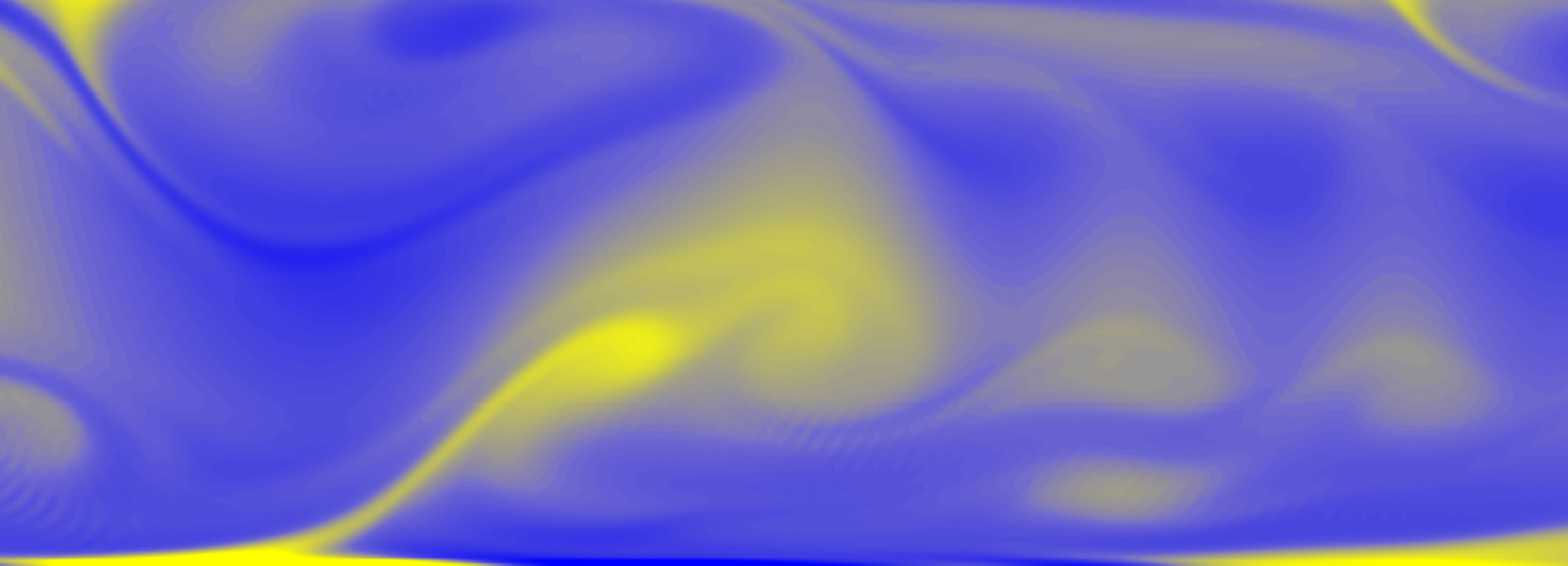
Generation of Free-stream Perturbations in Direct Numerical Simulation for Low-Reynolds Aerodynamics
Please login to view abstract download link
Unsteady aerodynamics and fluid-structure interaction at relatively low Reynolds number concern problems of considerable scientific and technological interest, such as the design of micro-aerial vehicles or energy harvesting from environmental flows. In these applications, external flow perturbations typical of the atmospheric boundary layer (ABL) can have a dramatic effect on the aerodynamic performance. In fact, relatively high turbulence conditions can be met when comparing the low velocities involved in these problems with the characteristic intensity of the ABL turbulence. Moreover, the size of the energy-containing turbulent eddies can often be comparable to the wing chord, thus representing a condition remarkably different from those typically experienced by more conventional aircraft. In this work, we aim at developing and testing suitable strategies to obtain free-stream perturbations with well-defined and controllable properties (e.g., intensity, homogeneity, isotropy, and scale-by-scale energy distribution) in the framework of high-fidelity, direct numerical simulation (DNS) for low-Reynolds aerodynamics. Specifically, we carry out a comparative analysis between two distinct approaches: (i) Using a synthetic turbulence inflow generator (STIG) where the flow is forced by a source term active in a relatively narrow region of influence shortly after the inlet. The generated fluctuations fulfill an input intensity and integral lengthscale. In the vicinity of the region of influence, the induced random perturbations have a relatively narrow banded spectral energy distribution, a feature that can be exploited to isolate the effect of perturbations having a specific lengthscale. (ii) Simulating grid-induced turbulence (GT), i.e., placing shortly after the inlet a (passive) solid grid with a suitable geometry. Although more demanding than other simulation strategies, such a fully resolved approach ensures a physically based generation of the flow perturbations. Sufficiently far from the grid, the turbulence intensity decays along the streamwise direction with a power-law behavior. The resulting energy spectrum is broad banded and shows the classical phenomenology of fully developed turbulence. In the talk, we will present the results of the on-going activity devoted to the analysis of the spectral energy distribution and characteristic spatial/temporal scales of the generated perturbations.

